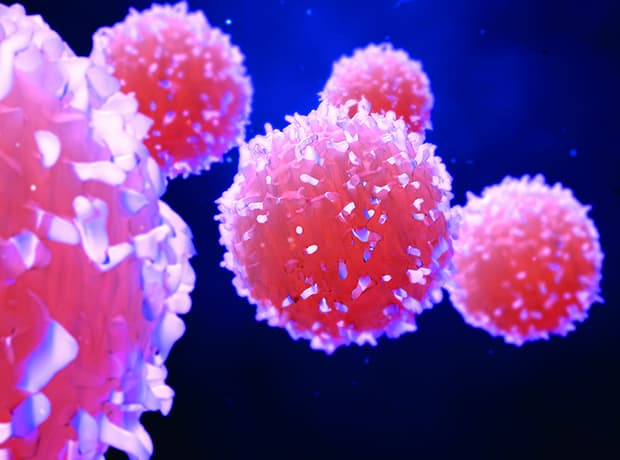Researchers from the Francis Crick Institute have revealed how cancer cells survive after being cut off from a supply of oxygen, which could potentially help prevent cancer from becoming resistant to therapy.
Published in the EMBO Journal, the study revealed that inhibiting two enzymes, LDHA and GOT1, could target hard-to-reach cancer cells by stopping their energy production.
Coordinated by a protein known as HIF1α, which turns on the activity of genes, most cells can survive low oxygen levels as they adapt by changing which proteins they produce to increase energy through different processes than in normal oxygen levels.
Researchers found that a process known as glycolysis, which breaks down glucose to produce energy, increases within three hours of the cancer cells being deprived of oxygen.
After genetically modifying the cells to stop producing HIF1α and depriving them of oxygen, glycolysis still increased, revealing that LDHA and GOT1 worked together to make enough levels of NAD+, which controls and increases the rate of glycolysis in the cells, acting as reserves for a state of low oxygen.
After blocking the action of LDHA and GOT1 and inhibiting both enzymes together, the researchers revealed the process effectively killed cancer cells in low oxygen compared to normal oxygen levels or by targeting the enzymes individually.
The findings highlight LDHA and GOT1 as potentially promising targets for treatment and are being further investigated via the EPSRC Prosperity Partnership.
Dimitrios Anastasiou, group leader, Cancer Metabolism Laboratory, the Crick, said: “We’ve looked at the acute needs of cells due to a changing environment.
“Our research highlights a vulnerability for cancer cells in the first few hours of becoming cut off from oxygen.”
The Crick’s Fiona Grimm and first author said: “By blocking these enzymes in oxygen-deprived cells where they are needed most, we can hopefully target these cells before they adapt to low oxygen and become hard to reach or resistant to therapy.”










